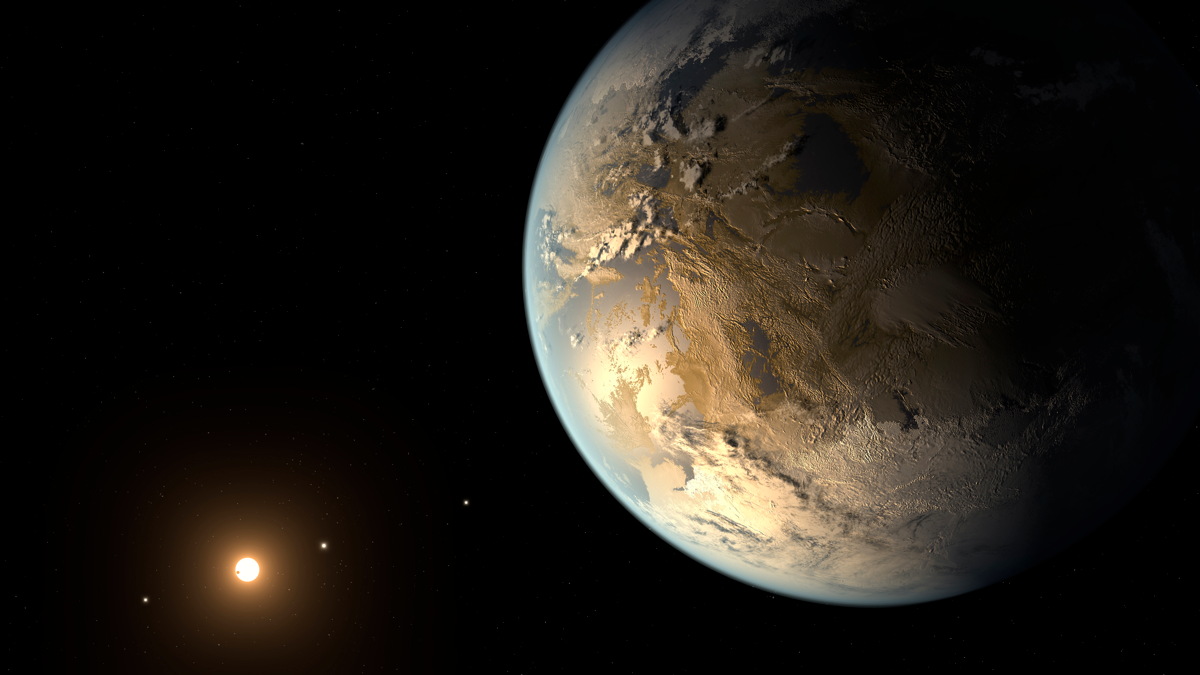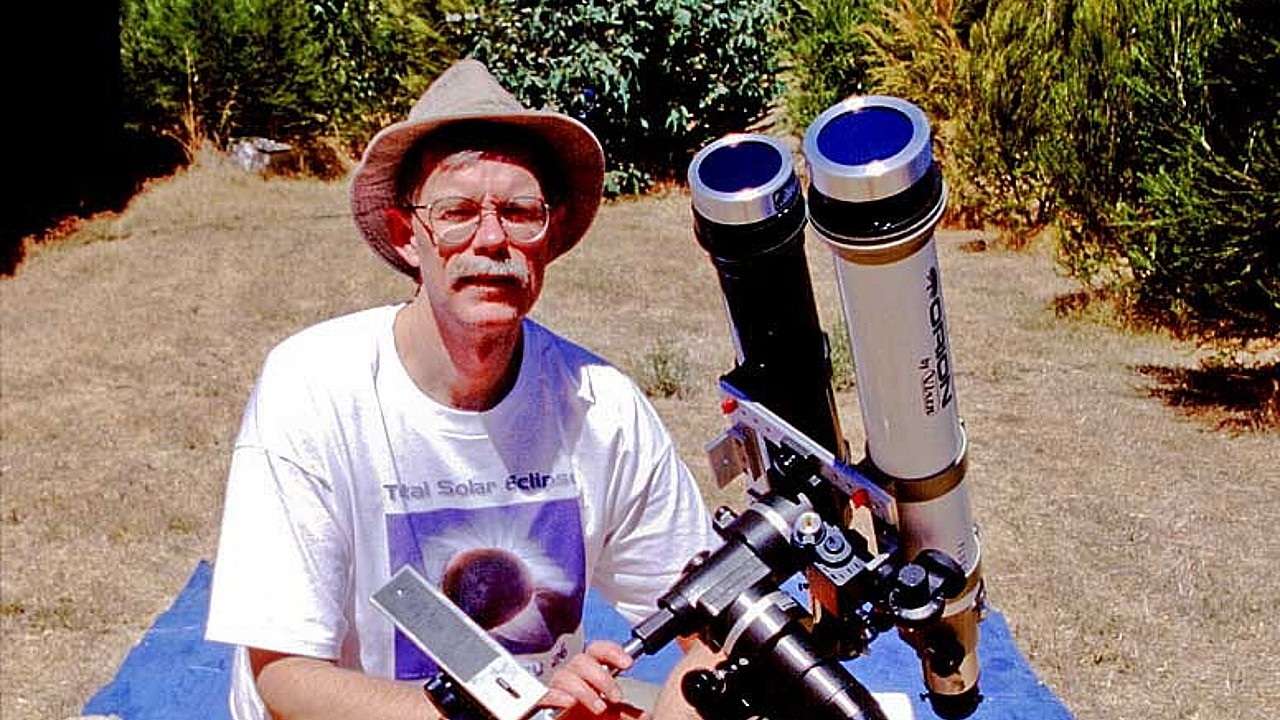
The hunt for signs of life on planets beyond our solar system should cast as wide a net as possible, some researchers stress.
Scientists scanning the atmospheres of exoplanets for gases produced by alien life should look for more than just oxygen, methane and the other familiar biosignatures that swirl about in Earth's air, Sara Seager and William Bain, both of MIT, wrote in a review article published today (March 6) in the journal Science Advances.
"We know there will not be huge numbers of accessible planets," Seager told Space.com via email. "We want to make sure we do not miss any signatures, by trying our best to think outside the box. Oxygen is a great biosignature gas for Earth, but what are the chances it will be present on an exoplanet?" [10 Exoplanets That Could Host Alien Life]
A diversity of worlds
To date, scientists have discovered more than 1,800 alien planets, most of which are very different from the worlds in our solar system.
"A specific, astonishing finding is that the most common type of planet in our galaxy are those with sizes between those of Earth and Neptune — a new class of planet that is neither terrestrial nor giant and one without an accepted theory for its formation," Seager and Bain wrote.
The diversity of exoplanets reinforces the very real possibility that alien life may be quite different from life on Earth, even if it inhabits a rocky world like our own. For example, what might live on "exo-Earths" whose atmospheres are dominated by molecular hydrogen instead of nitrogen and oxygen, as Earth's is?
"Although not yet observed, such planets are theoretically anticipated," Seager and Bains wrote.
Get the Space.com Newsletter
Breaking space news, the latest updates on rocket launches, skywatching events and more!
Based on that reasoning, the researchers advocate an open-minded approach that would first identify "all viable biosignature gases, through a systematic, exhaustive study both from the view of molecules (there is no shortage) and of planetary environments and where the candidate biosignature gas molecules would accumulate and survive," they wrote.
"The near-term goal is to understand which molecules could be biosignature gases in atmospheres of exoplanets; a systematic table of chemicals made by life will give a starting point for predicting which molecules are stable, volatile and detectable remotely by space telescopes," Seager and Bains added.
Such a challenging project would likely take years to complete, Seager told Space.com. But researchers can spare the time because a systematic search for signs of life on alien worlds is probably at least a decade away, she and Bains wrote.

Ramping up the search
Scientists have already begun probing exoplanet atmospheres, using instruments such as the European Southern Observatory's Very Large Telescope in Chile.
And the effort will kick into higher gear soon, with the launch of NASA's Transiting Exoplanet Survey Satellite (TESS) in 2017 and the agency's James Webb Space Telescope (JWST) in 2018. TESS should find a number of nearby rocky planets whose atmospheres JWST can investigate. (Most exoplanets found to date, including those found by NASA's prolific Kepler space telescope, are too far away for such follow-up study.)
Massive ground-based telescopes, such as the Giant Magellan Telescope, Thirty Meter Telescope and European Extremely Large Telescope — which boast light-collecting surfaces 80 feet (24 meters), 98 feet (30 m) and 128 feet (39 m) wide, respectively — will boost the search further when they come online in the mid-2020s.
But Seager and many other experts say that the biosignature search really needs a space telescope with a mirror in the 33- to 39-foot (10 to 12 m) range — something like the proposed Advanced Technology Large-Aperture Space Telescope, or ATLAST.
Such an instrument could potentially analyze enough exoplanet atmospheres for researchers to do some number crunching. And that's important; the biosignature hunt will probably center on probabilistic inference because a slam-dunk detection will be difficult, if not impossible, to make, Seager and Bains wrote.
"I see the future for biosignature gases akin to Kepler's findings," Seager told Space.com. "Kepler told us that small planets are very common. We have some specifics (specific small planets in stars' habitable zones), but the information most useful was statistical. If we find that so many planets have unusual gases, we may be able to convince ourselves that life beyond Earth exists, but not necessarily [on] any one planet specifically."
Follow Mike Wall on Twitter @michaeldwall and Google+. Follow us @Spacedotcom, Facebook or Google+. Originally published on Space.com.
Join our Space Forums to keep talking space on the latest missions, night sky and more! And if you have a news tip, correction or comment, let us know at: community@space.com.

Michael Wall is a Senior Space Writer with Space.com and joined the team in 2010. He primarily covers exoplanets, spaceflight and military space, but has been known to dabble in the space art beat. His book about the search for alien life, "Out There," was published on Nov. 13, 2018. Before becoming a science writer, Michael worked as a herpetologist and wildlife biologist. He has a Ph.D. in evolutionary biology from the University of Sydney, Australia, a bachelor's degree from the University of Arizona, and a graduate certificate in science writing from the University of California, Santa Cruz. To find out what his latest project is, you can follow Michael on Twitter.
